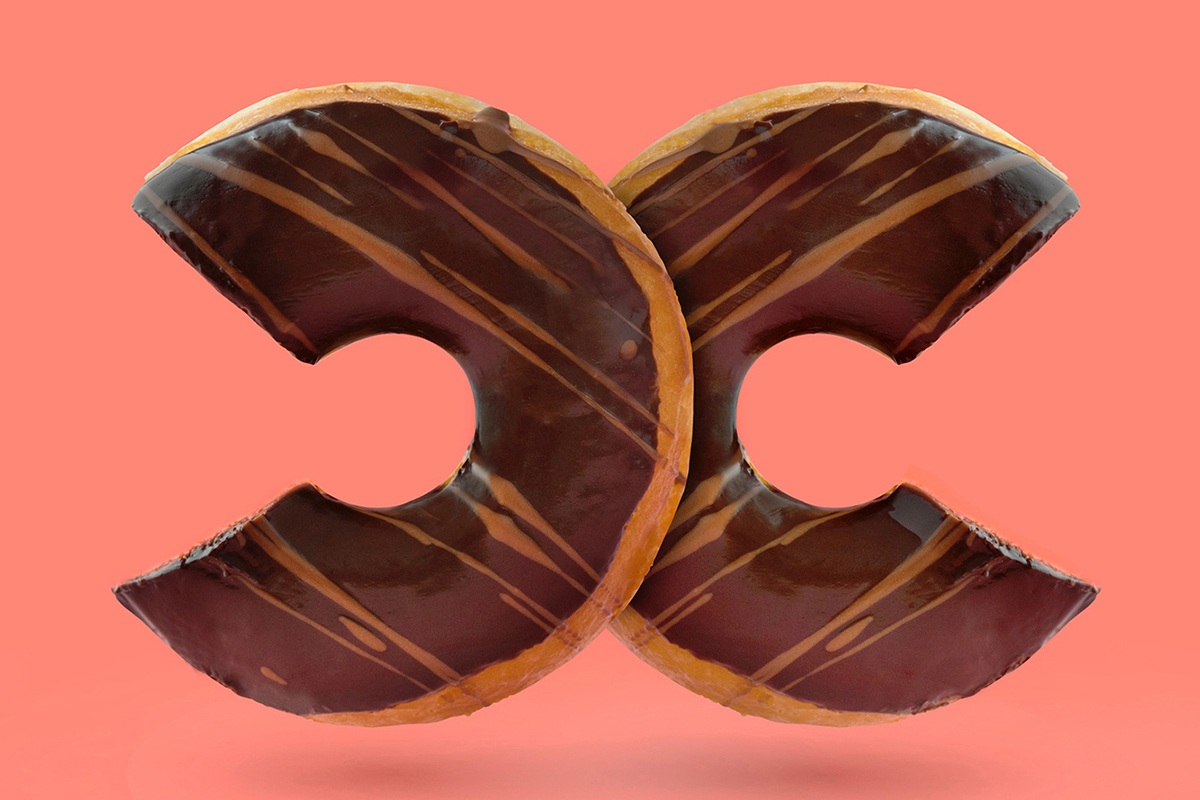Less is more: Minimalism in web design
(3 minute read)
We’ve all been told never to judge a book by its cover, but that’s not always as easy as it sounds – everybody does it, and often for good reason.
When we land on a new website we make snap judgements that ultimately decide whether we stay on said website, or if we hit the back button sharpish. And a study by Google showed that we make that snap judgement within 1/50th to 1/20th of a second, all based on the aesthetics of the website.
What is minimalism in web design?
It is exactly how it sounds; the fewer bells and whistles a website has, the more appealing we find it, as another of the findings from Google’s study shows.
Complexity on websites has become easier to achieve through the growth of technology like HTML5 and CSS3 over the last few years, so the temptation to show off is higher than ever. People are throwing in sliders, animation, videos, parallax pages and all sorts of other fancy things, all of which can be great on their own but overpowering and alienating when not used properly.
Minimalism in web design is all about delivering a service, conveying a message and keeping away the clutter while looking attractive and being easy to use at the same time.
So, why is minimalism important for your business?
REASON #01: Science doesn’t lie. Overly complex websites lead to higher bounce rates, as has been proven by Google’s study among many others. And high bounce rates on a business website will inevitably lead to, well, no business at all. That’s a pretty compelling reason straight away, but there’s more.
REASON #02: It forces you to be better. Much like when you’re asked to describe something using just one word, minimalism in web design forces you to polish your brand message and drill down to the really important stuff. What you will end up with is a beautiful, uncluttered website that will get all the important information across using very little in the way of visuals and fancy features.
REASON #03: You’ll make more money. The lack of clutter and surplus buttons on your minimal website will mean your customers will be able to find their way through the conversion funnel much more easily (and more willingly) than they will on a complex website. If they can’t find their way to the ‘subscribe’, ‘add to shopping basket’ or ‘contact us’ button, then you’ve had it.
REASON #04: You need to be responsive. You’ll probably have noticed that some websites work better on mobile devices than others, and those that work better have one common denominator: minimalist design. The less there is on the website, the less squashed and messy it will look once condensed into mobile screen dimensions, and that will make for happier visitors.
REASON #05: It’ll work wonders for your reputation. As Google’s study showed, snap judgements happen in the blink of an eye, and first impressions always matter. Minimalist design is inextricably linked to sophistication, professionalism and the general sense of ‘these people know what they’re doing’. All of the above can be achieved by simply stripping everything back to the bare essentials, and focussing on what your website is for. By doing this, your website will become known as a reliable, useful and interesting place to be.
REASON #06: You’ll speed up. One of the happy accidents of having a minimalist website is the resulting faster download speeds. The fewer resources and fancy features your website has, the less storage space it will require on your server, meaning your pages will load much faster and your users will be much happier. In a world of short attention spans and high expectations, speedy performance can only do your website good.
“The ability to simplify means to eliminate the unnecessary so that the necessary may speak.” - Hans Hofmann.
Keeping your web design simple allows your message to be heard without distraction and allows your customers to find what they’re looking for with ease.
4 Website design tips to help you connect with your audience




